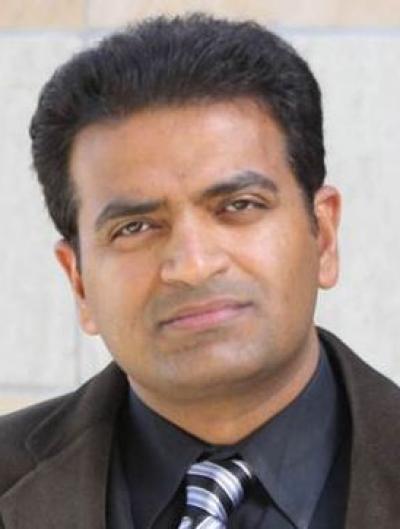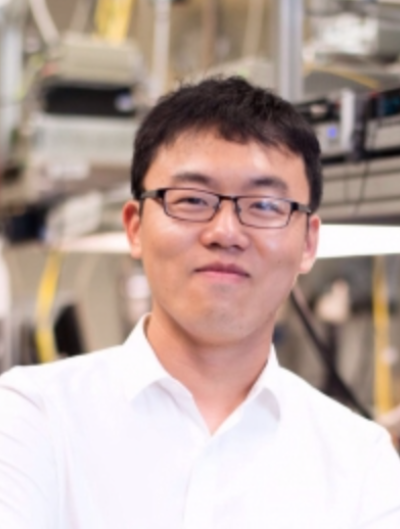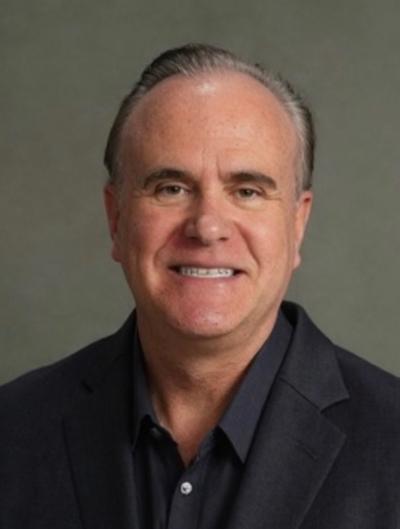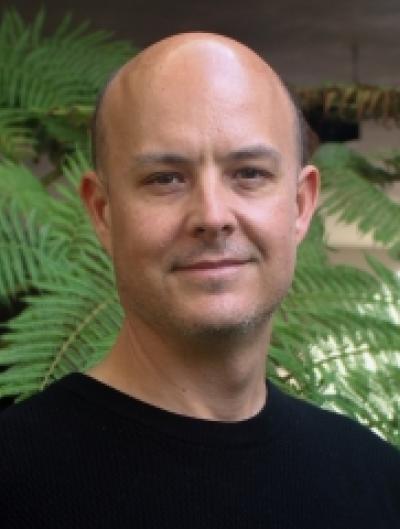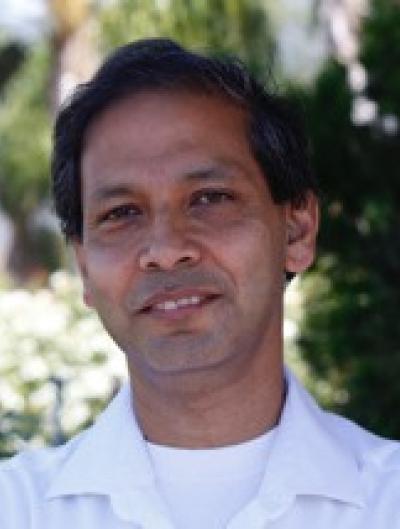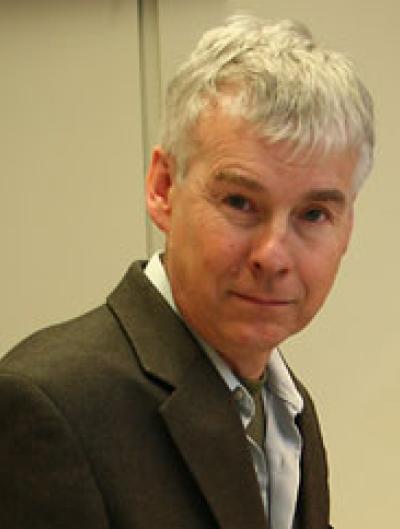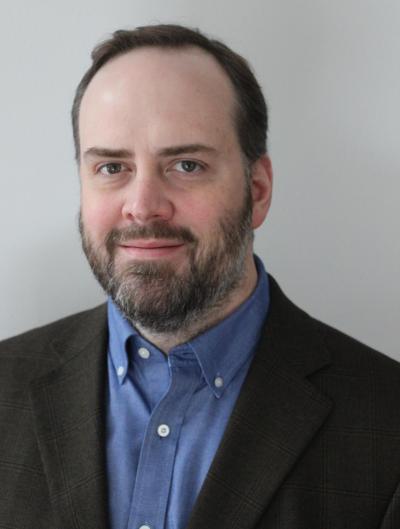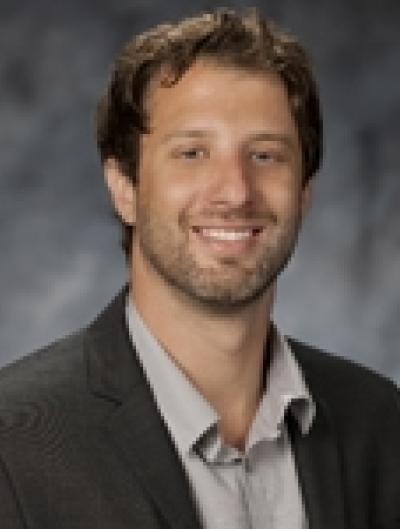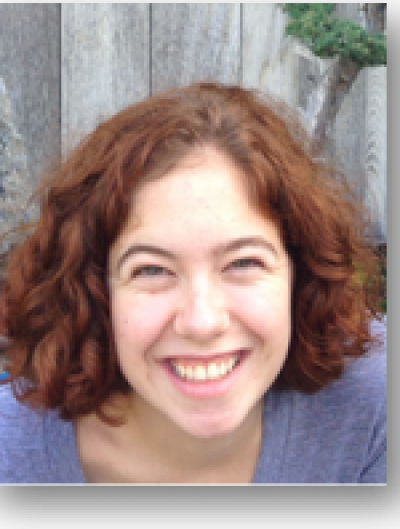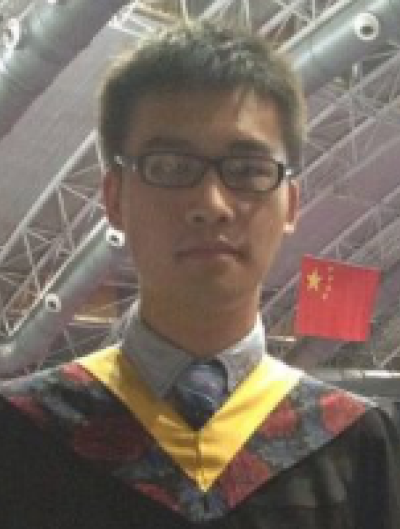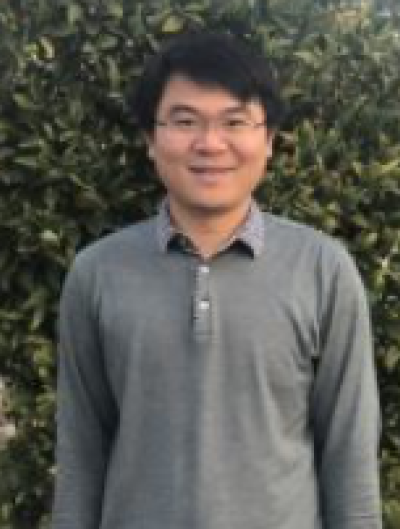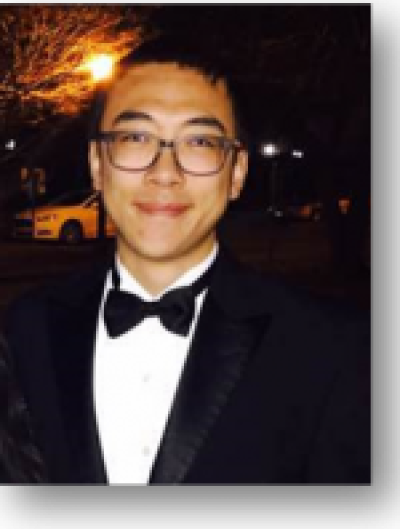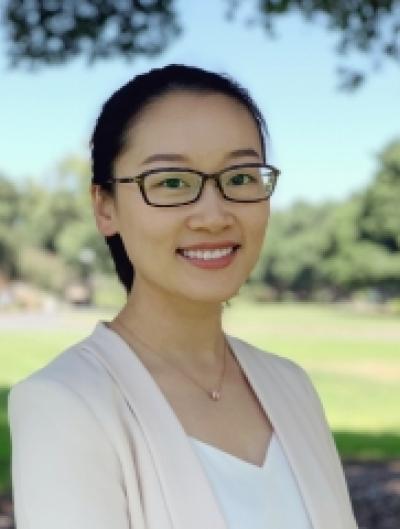Grand Challenge
To develop new wireless & optical communications technologies for 100x more efficient interconnects.
With the rapid growth in worldwide data, improvements in the efficiency of the fiber optic digital “superhighways” that transmit that data are essential. The multiple conversions of signals from optical to electrical and back to optical are energy intensive, slow, and scale poorly. Institute researchers are creating technologies that address these hardware-based issues by bringing the advantages of photonics – energy efficiency, low-cost, and high capacity – to every level of digital communication, and are working on related technologies to make electronics more energy efficient.
SUCCESS STORY
Computing at the Speed of Light
Optical switches have the potential to reduce the energy required to switch data by factor of 10,000. Silicon photonics have the potential to reduce the energy require to transmit data on and off chips by a factor of ten or more. A recent collaboration with Intel led to the development of hybrid silicon lasers, which led to a prototype 50 Gbps high-speed optical data link, which is integrated onto silicon.
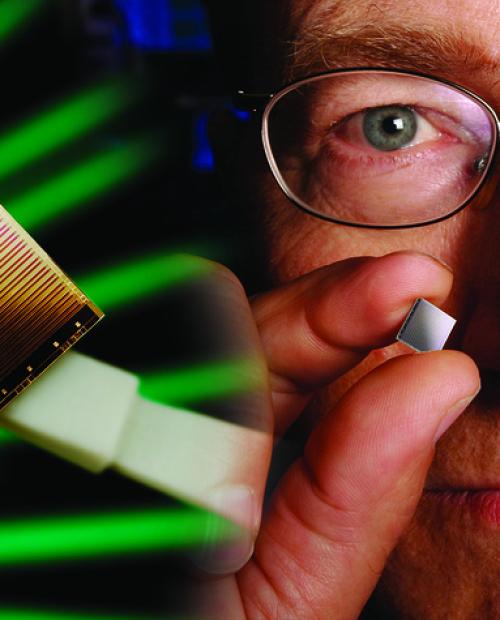
Research Highlights
Hybrid Silicon Photonics Institute researchers have developed high capacity CMOS-compatible optical interconnects that increase the capacity of integrated circuits while reducing the energy it takes to transfer each bit, to improve the speed and efficiency of data transfer off the processor and memory components.
Optical Integration and Networking We are developing photonic integrated chips (PICs) to reduce the size, weight and power of optical interfaces.
Energy Conversion The Institute has developed nitride-based electronics that work at higher voltages with higher efficiency than is possible with conventional silicon technology, leading to smaller, more efficient power electronics and lighter, longer-range electric vehicles.
High Speed Electronics We are developing new transistor designs to increase maximum transistor frequencies to beyond 1 THz.

